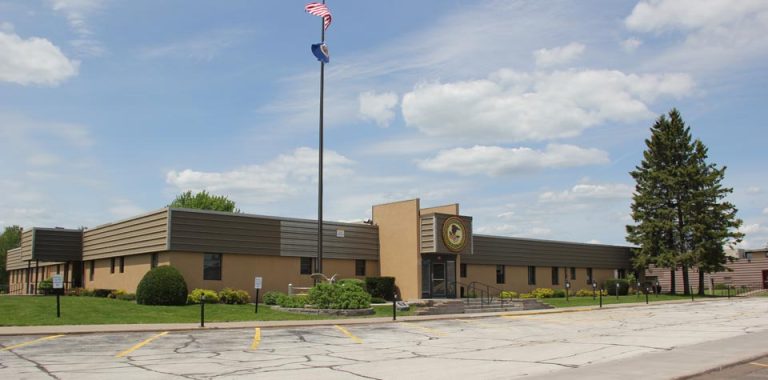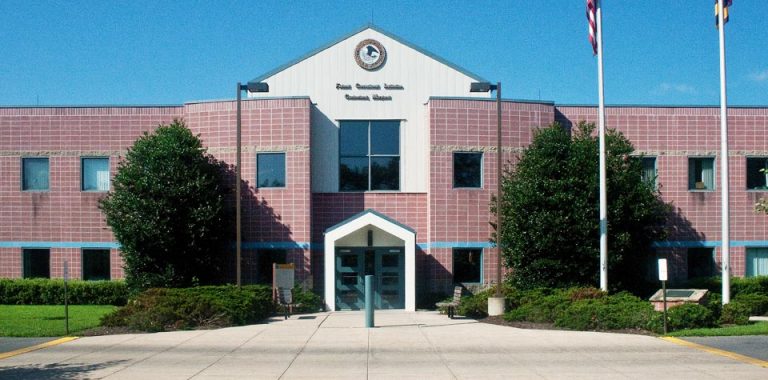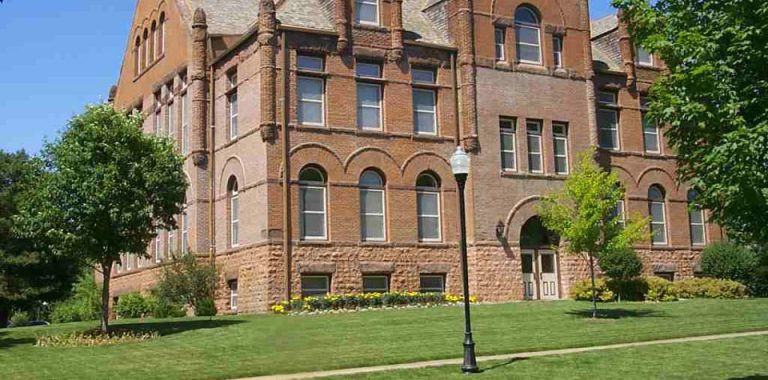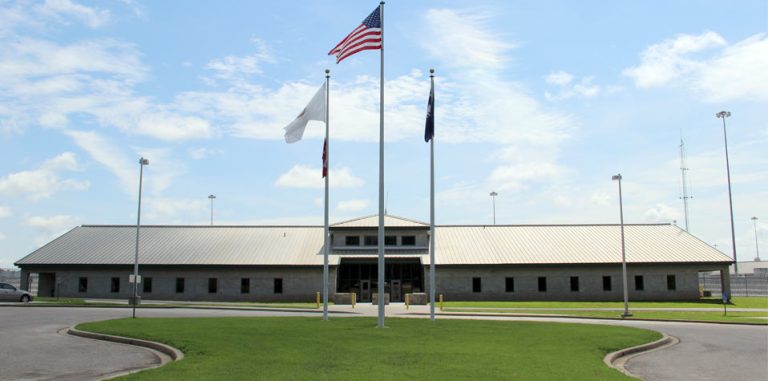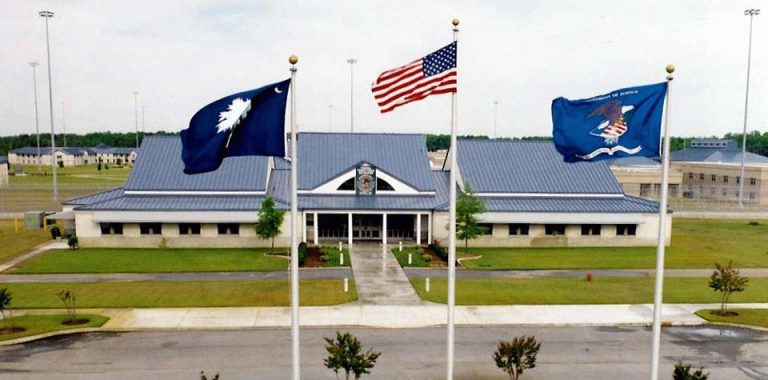
Written by
James Calder, Senior Lecturer of Law and Social Justice, Emerson College

Reviewed by
Rachel Steiner, Co-Founder, Coalition for Peace and Justice – Chicago
7 Minimum Security Facilities that Include Alderson FPC, Bryan FPC, Duluth FPC, Montgomery FPC, Morgantown FPC, Pensacola FPC, Yankton FPC
In the United States, not all prison facilities are the same. While some institutions are known for their high-level security and tough conditions, others are designed with rehabilitation and reintegration in mind. Minimum security facilities, often referred to as Federal Prison Camps (FPCs), cater to non-violent offenders who are nearing the end of their sentences. These facilities provide a more relaxed environment with the aim of preparing inmates for a smooth transition back into society. In this article, we’ll dive into the details of seven prominent minimum security facilities across the U.S., including Alderson FPC, Bryan FPC, Duluth FPC, Montgomery FPC, Morgantown FPC, Pensacola FPC, and Yankton FPC.
What Are Minimum Security Facilities?
Minimum security facilities are correctional institutions that house inmates considered to pose a low risk to society. These facilities often have fewer restrictions, and inmates are generally non-violent offenders with shorter sentences. These inmates have often committed white-collar crimes or are nearing the end of their sentences after serving time in higher security institutions.
Why Are Minimum Security Facilities Important?
Minimum security facilities serve a crucial role in the rehabilitation process. By offering a less restrictive environment, these prisons allow inmates to develop skills that will help them reintegrate into society. Educational programs, vocational training, and work opportunities are key features of these facilities, making the transition smoother when inmates are released.
Overview of Federal Prison Camps (FPCs)
Federal Prison Camps (FPCs) are one type of minimum security facility in the U.S. federal prison system. These institutions lack the high fences and armed guards seen in medium or maximum security prisons. FPCs offer programs that aim to rehabilitate inmates through work, education, and self-improvement.
Alderson Federal Prison Camp (FPC)
Alderson FPC, located in West Virginia, is one of the most well-known federal prison camps. It’s the first federal prison camp for women, and over the years, it has housed many high-profile inmates. The facility focuses on rehabilitation, offering various educational and job training programs to help inmates reintegrate into society post-release.
Bryan Federal Prison Camp (FPC)
Situated in Texas, Bryan FPC is another prominent facility for female inmates. Known for its focus on vocational training and community service programs, Bryan FPC plays an essential role in preparing inmates for life after incarceration. Many inmates participate in work programs that provide them with real-world skills.
Duluth Federal Prison Camp (FPC)
Duluth FPC in Minnesota stands out for its commitment to offering educational programs, including GED and college courses. The focus is on providing inmates with the tools they need to succeed in the outside world. Inmates at Duluth FPC often work in various capacities, gaining work experience that can help them secure jobs upon release.
Montgomery Federal Prison Camp (FPC)
Montgomery FPC, located in Alabama, is known for its work opportunities. Inmates here often engage in community service projects and are employed within the prison or in surrounding areas. The facility also offers vocational training, helping inmates to acquire skills that will serve them after their release.
Morgantown Federal Prison Camp (FPC)
Morgantown FPC, based in West Virginia, is focused heavily on vocational training and education. This facility provides a range of programs that allow inmates to improve their skills and gain employment upon release. The facility has a relaxed environment, emphasizing rehabilitation and reintegration.
Pensacola Federal Prison Camp (FPC)
Pensacola FPC in Florida focuses on rehabilitation through various work and educational programs. Inmates are encouraged to participate in community service, which benefits both the individual and the surrounding community. The goal of Pensacola FPC is to prepare inmates for life outside prison walls.
Yankton Federal Prison Camp (FPC)
Yankton FPC in South Dakota is known for its structured programs aimed at rehabilitation and community involvement. Inmates here are encouraged to engage in work and service projects that help them develop skills for their post-prison life. The facility emphasizes personal growth and responsibility.
How Inmates Benefit from These Facilities
Inmates in minimum security facilities often benefit from work programs, educational opportunities, and vocational training. These programs help them prepare for their reentry into society by giving them the skills and experience they need to find employment and live a productive life.
Challenges of Minimum Security Prisons
While these facilities offer many benefits, they also face challenges. Security concerns are always present, even in minimum security settings. Additionally, the transition back into society can be difficult for inmates, and not all rehabilitation programs are equally effective.
Comparison of Minimum vs. Medium Security Prisons
Minimum security prisons differ significantly from medium security prisons in terms of security measures, inmate population, and available programs. While medium security prisons have more restrictions and a higher level of supervision, minimum security facilities focus more on rehabilitation and reintegration.
Conclusion
Minimum security facilities play an essential role in the U.S. prison system, offering inmates the chance to rehabilitate and prepare for life after prison. Facilities like Alderson FPC, Bryan FPC, and others provide opportunities for education, job training, and community involvement, helping inmates to transition back into society successfully. As criminal justice reforms continue, the importance of these facilities is likely to grow.
FAQs
- What types of crimes lead to minimum security imprisonment?
Non-violent crimes, including white-collar offenses, typically result in imprisonment in minimum security facilities. - How do federal prison camps differ from other prisons?
Federal prison camps have fewer security measures and focus more on rehabilitation and reintegration compared to higher-security prisons. - Are rehabilitation programs effective in FPCs?
Many rehabilitation programs in FPCs are highly effective, offering inmates skills and education that assist with their reintegration into society. - What security measures are in place at FPCs?
While FPCs have fewer security measures than other prisons, they still maintain supervision and accountability for inmates through various systems. - How do inmates transition back into society?
Through vocational training, educational programs, and community service, inmates at FPCs develop the necessary skills to transition smoothly back into society.


